Have you ever taken a cake out of the oven and felt that rush of disappointment when it’s flat as a pancake? Yep, me too. More times than I care to admit! Understanding why cakes rise has literally saved my baking reputation after a series of what my kids lovingly called “door stoppers” and “frisbees” lol.
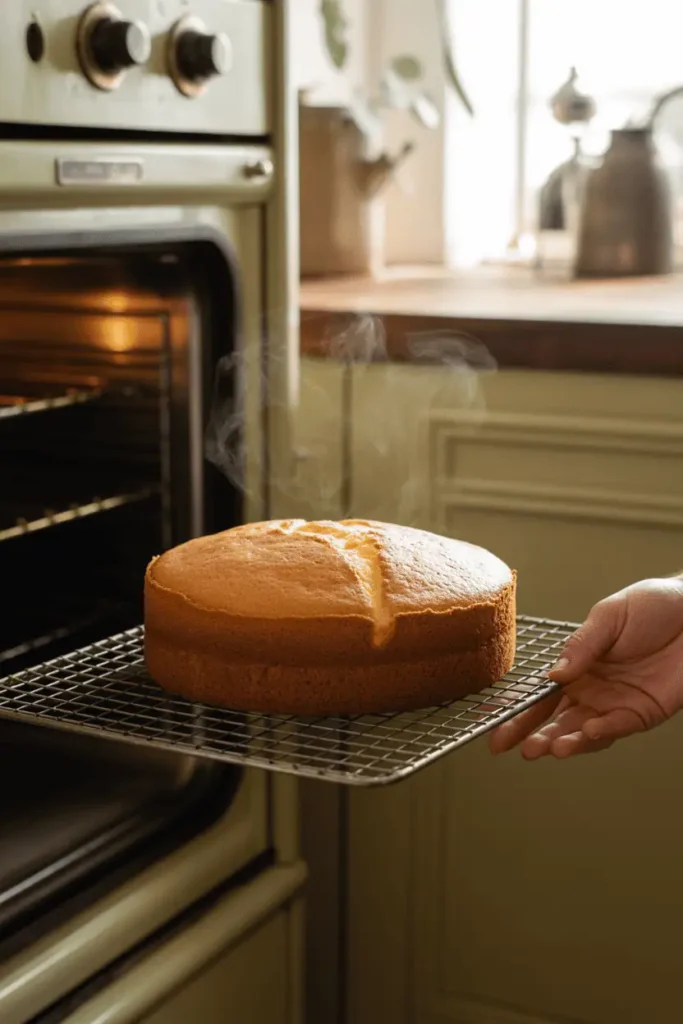
I’ve been baking for about 12 years now, and I’ve had my fair share of both triumphs and complete disasters. Along the way, I’ve picked up a lot of knowledge about the science behind why some cakes rise beautifully while others… well, don’t. Im gonna share all that with you today!
The Basic Science: What Makes a Cake Rise?
So here’s the deal – cakes rise because of leavening agents. These are ingredients that produce gas bubbles in your batter, which expand when heated, pushing the cake upward and creating that fluffy texture we all love.
There are three main types of leavening that bakers use:
- Air (mechanical leavening)
- Steam (physical leavening)
- Carbon dioxide (chemical leavening)
Let’s break down each one so you really understand what’s happening in your oven. Trust me, once you get this, your caking game will totally level up!
Air – The Invisible Leavener
When you cream butter and sugar together or whip egg whites, your actually incorporating tiny air bubbles into the mixture. This is called mechanical leavening because your physically adding air with mechanical action (like your mixer or whisk).
The Magic of Creaming
I used to think creaming butter and sugar was just about mixing them together. BIG mistake! Proper creaming is actually about creating millions of tiny air pockets that will later expand in the oven.
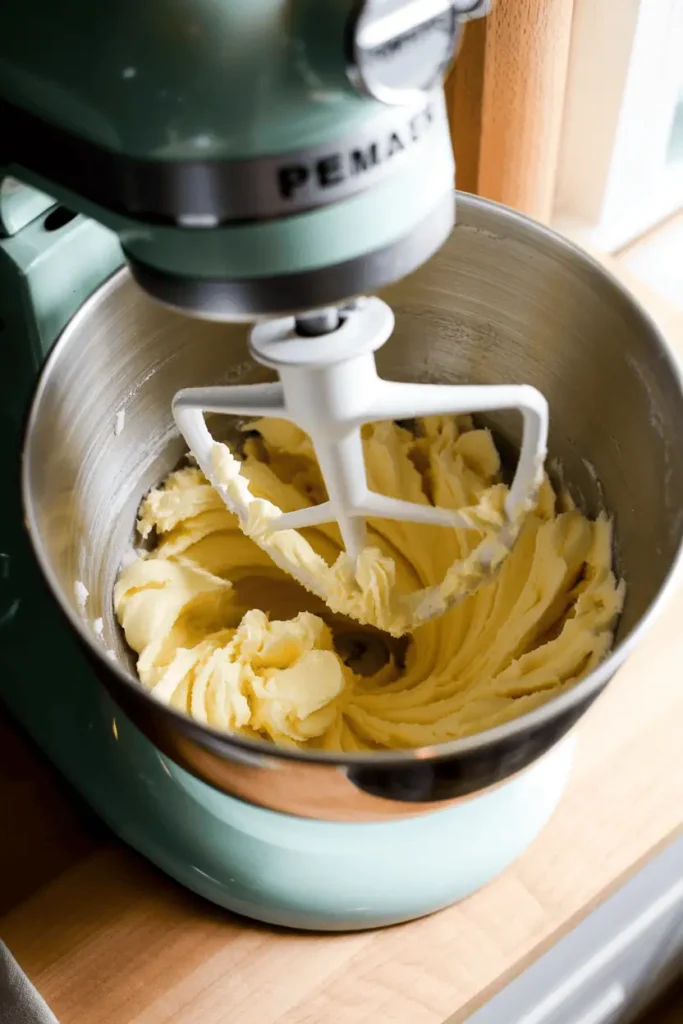
Heres how to do it right:
- Start with room temperature butter (cold butter won’t trap air properly)
- Beat the butter alone first until its smooth
- Add sugar gradually while continuing to beat
- Keep beating until the mixture is light and fluffy (like 3-5 minutes, seriously!)
I remember making a pound cake for my moms birthday a few years back. I was in a rush and only creamed the butter and sugar for maybe 1 minute. The result? A super dense cake that was about half as tall as it should’ve been. The next time, I spent the full 5 minutes creaming properly and the difference was HUGE! Same recipe, completely different result.
Whipping Egg Whites – The Tempermental Powerhouse
Whipped egg whites are another amazing source of air in cakes. They can increase in volume up to 8 times when whipped properly!
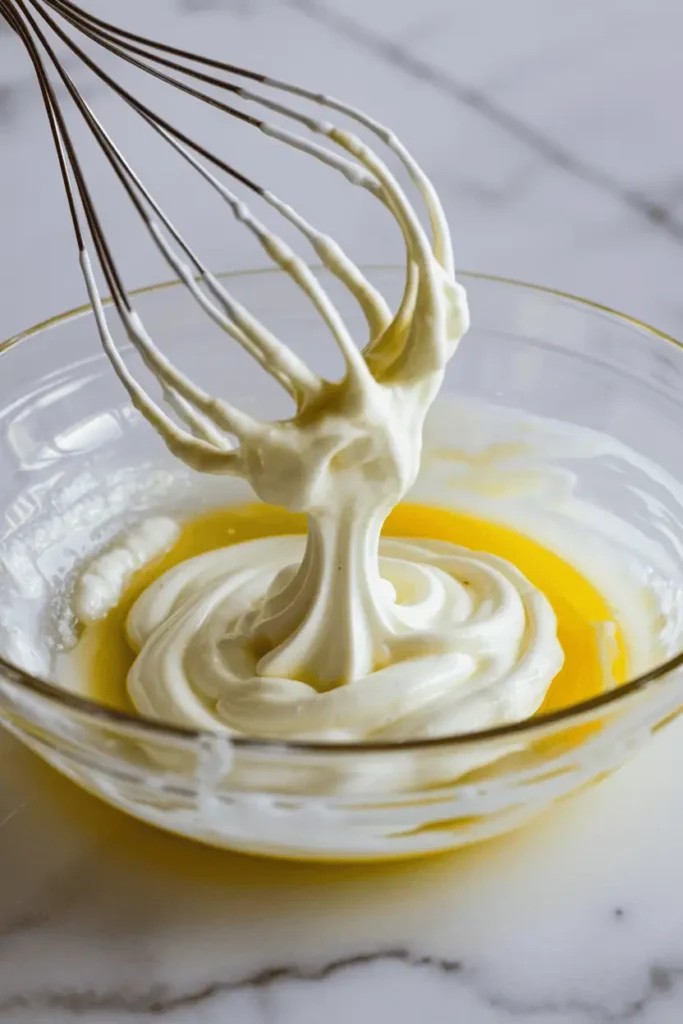
But omg, egg whites can be so finicky. Here’s what I’ve learned through many, many fails:
- Make sure your bowl and beaters are completely clean and grease-free (even a tiny bit of yolk can ruin everything)
- Room temperature whites whip better than cold ones
- A pinch of cream of tartar helps stabilize them
- Be careful not to overwhip (they’ll get grainy and start to collapse)
Last summer I tried making an angel food cake and didn’t realize that the bowl I used had a tiny bit of oil residue from the last thing I made. My egg whites refused to whip properly no matter how long I beat them. Lesson learned – I now wipe my bowl with vinegar or lemon juice before whipping egg whites just to be safe!
Steam – The Power of Water
This one blew my mind when I first learned about it. Water in your batter turns to steam in the hot oven, and steam takes up way more space than liquid water – like 1,600 times more! This expansion is what helps push your cake up and create that tender crumb.
Moisture Sources In Your Batter
Liquid ingredients like:
- Milk
- Water
- Eggs
- Sour cream or yogurt
- Fruit purees
All contribute moisture that will convert to steam during baking.
I made a chocolate cake once that called for hot coffee instead of water. I was skeptical but tried it anyway. Not only did the coffee enhance the chocolate flavor, but the cake rose beautifully. The recipe developer explained that the hot liquid helped the cocoa powder bloom and created more steam right from the start of baking. pretty clever!
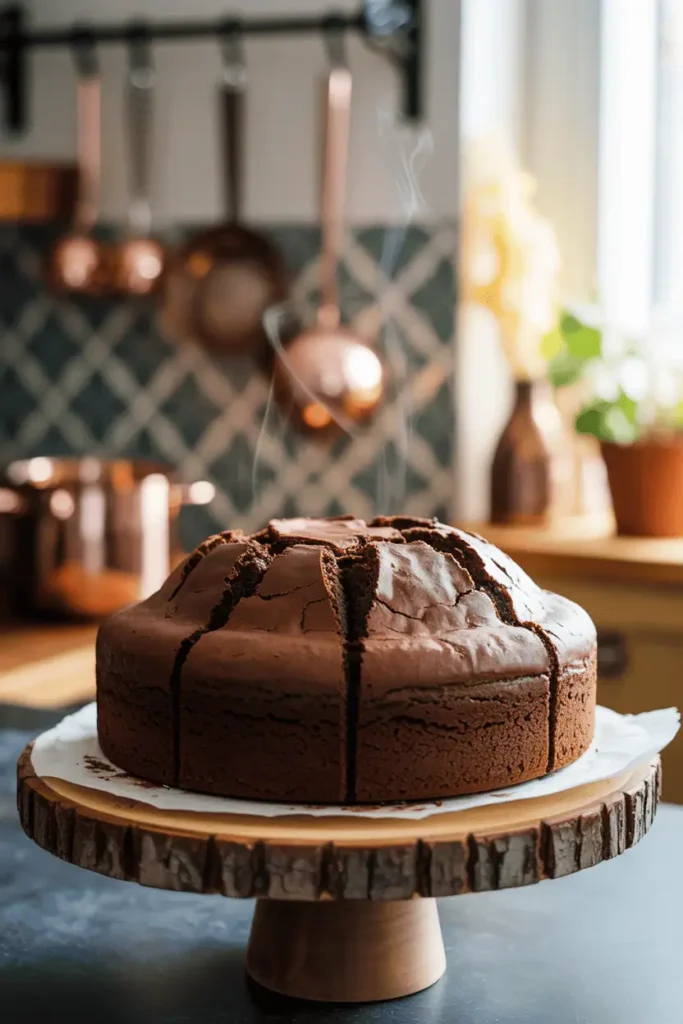
The Balance Is Critical
One of the biggest mistakes I used to make was adding extra liquid to make a cake “more moist.” Bad move! Too much liquid can make your cake dense and gummy because there’s to much steam trying to escape.
On the flip side, if your batter is too dry, there won’t be enough steam generated to help the cake rise. It’s a delicate balancee that gets easier with experience.
Chemical Leaveners – The Science-y Part
This is where it gets really interesting! Chemical leaveners create gas bubbles through chemical reactions. The most common ones are:
Baking Soda (Sodium Bicarbonate)
Baking soda needs acid to activate. When they combine, they produce carbon dioxide gas bubbles that make your batter expand.
Common acidic ingredients that activate baking soda:
- Buttermilk
- Yogurt
- Sour cream
- Lemon juice
- Vinegar
- Brown sugar
- Honey
- Molasses
I learned about this the hard way when I substituted regular milk for buttermilk in a recipe without adjusting anything else. The cake barely rose because the baking soda had nothing to react with! Now I know that if I don’t have buttermilk, I need to add a tablespoon of vinegar or lemon juice to regular milk to create that needed acidity.
Baking Powder – The Double Agent
Baking powder is basically baking soda with the acid already built in. Most baking powders these days are “double-acting,” which means they release gas at two different times:
- When they get wet (in your batter)
- When they’re exposed to heat (in the oven)
This gives you two rises – one during mixing and another during baking.
I used to store my baking powder forever until I realized it has a shelf life! Last christmas I made biscuits that were supposed to be tall and fluffy but came out like hockey pucks. Turns out my baking powder was way expired. Now I write the date on the can with a sharpie and replace it every 6 months.
When Recipes Call For Both
Sometimes recipes call for both baking soda and baking powder, which confused me for the longest time. But it makes sense when you think about it:
- The baking soda neutralizes the acid in the recipe
- The baking powder provides extra leavening since some of the acid is now used up
This combo gives you the flavor benefits of acidic ingredients without sacrificing the rise.
The Flour Factor – Gluten’s Role
Flour contains proteins that, when mixed with water, form gluten. Gluten creates the structure that traps all those gas bubbles we’ve been talking about.
Types of Flour Matter!
I used to think flour was just flour. Boy was i wrong! The protein content makes a huge difference:
- Cake flour (low protein) = tender, fine-crumbed cakes
- All-purpose flour (medium protein) = good general structure
- Bread flour (high protein) = too tough for most cakes
One time I ran out of all-purpose flour and substituted bread flour in a birthday cake. The result was so tough we could barely cut it! My husband joked that we should use it as a frisbee, and honestly, it probably would have worked pretty well for that lol.
The Mixing Method
How you mix flour into your batter affects gluten development:
- Overmixing = too much gluten = tough cake
- Undermixing = uneven texture and poor structure
I’ve found that folding flour in gently with a spatula rather than beating it with a mixer gives me better results almost every time. And alternating dry ingredients with liquid (like the classic “add dry ingredients in three parts, alternating with liquid”) really does help prevent overmixing.
Oven Temperature – The Final Catalyst
All the leavening in the world won’t help if your oven temperature is off!
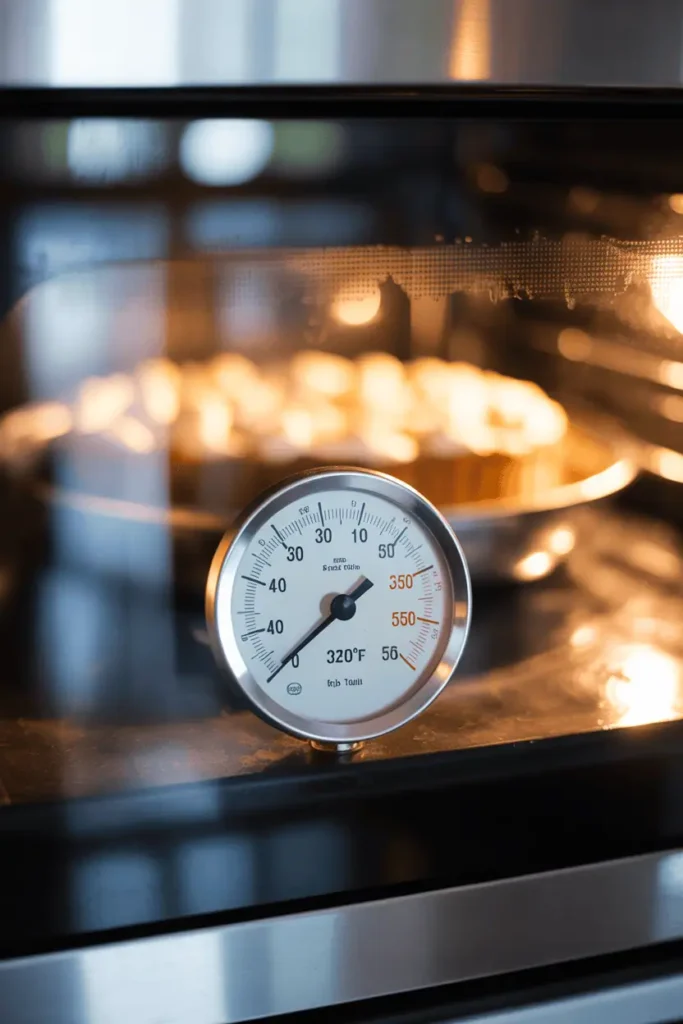
The Initial Burst
Most cakes need that initial high heat to create a rapid rise (called “oven spring”). If your oven is too cool, the leavening agents will release their gases before the cake’s structure sets, resulting in a cake that rises and then falls.
I didnt believe in oven thermometers until I moved to a new apartment with an old stove. My cakes kept collapsing in the middle even tho they’d always worked before. When I finally got a thermometer, I discovered my oven was running 25 degrees cooler than what it showed on the dial! Once I adjusted for that, my cakes started rising properly again.
The Dreaded Dome
Ever notice how cakes sometimes rise really high in the middle? This happens when the outside edges of the cake set before the middle has finished rising. The middle has nowhere to go but up!
I used to think this was just inevitable until I learned about cake strips – those fabric bands you soak in water and wrap around your pans. They keep the edges cooler so the cake rises more evenly. You can buy them or DIY with strips of old towel and safety pins. Total game changer!
Common Rising Problems & Solutions
Over the years, I’ve encountered pretty much every cake failure possible. Here are some common issues:
The Sunken Middle
This usually means:
- Too much leavening (the cake rises too quickly then collapses)
- Opening the oven door too early (causing a temperature drop)
- Underbaking (the structure hasn’t set enough to support itself)
I once made a beautiful looking cake that collapsed dramatically when I took it out of the oven. Turned out I’d misread the recipe and used tablespoons instead of teaspoons of baking powder! It rose like crazy then fell just as spectacularly. My kids still talk about “the crater cake” lol.
Barely Any Rise At All
This could be:
- Expired leavening agents
- Not enough leavening
- Overmixing (developing too much gluten)
- Oven not hot enough
My first attempt at making a cake from scratch was a complete disaster – it was about an inch high and super dense. I had no idea that baking powder could expire, and mine was probably years old. Baking powder and baking soda are so cheap that it’s worth replacing them regularly!
Uneven Rising
This might be:
- Uneven oven temperature (hot spots)
- Pans too close to each other or the oven walls
- Batter not spread evenly in the pan
I’ve started rotating my cakes halfway through baking to counteract my oven’s hot spots. And using a kitchen scale to divide batter equally between pans has seriously upped my layer cake game.
Fun Science Experiments to Try
If you have kids (or are just a curious baker like me), try these simple demos to see leavening in action:
Baking Soda + Vinegar Volcano
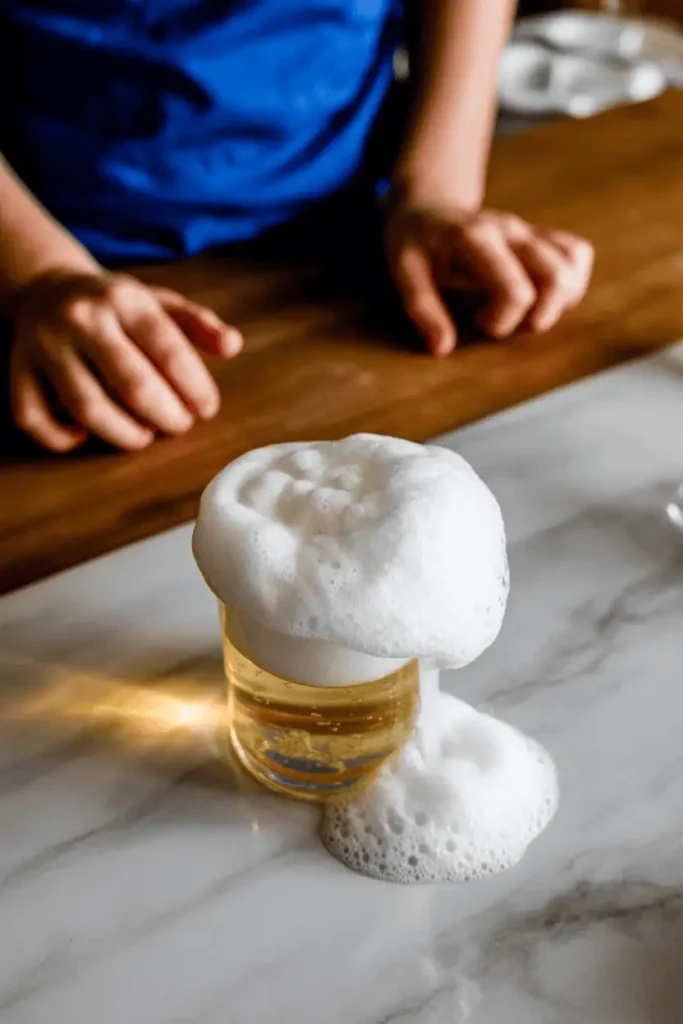
- Put a spoonful of baking soda in a cup
- Pour in some vinegar
- Watch the immediate fizzy reaction as carbon dioxide is created
This is exactly what’s happening in your cake batter when baking soda meets acidic ingredients!
Yeast Balloon Experiment
- Put some active dry yeast in a bottle with warm water and sugar
- Stretch a balloon over the opening
- Watch the balloon inflate as the yeast produces carbon dioxide
My son had to do this for a science fair project, and it was so cool seeing how the gas production changed with different temperatures and amounts of sugar.
Final Thoughts – The Rise to Success
Understanding the science behind why cakes rise has absolutely transformed my baking. Instead of blindly following recipes and hoping for the best, I now know how to troubleshoot when things go wrong.
Remember that baking is both an art AND a science. The measurements and chemical reactions matter, but so does the feel of the batter and knowing when something just looks right.
Don’t get discouraged by fails – they happen to everyone! I still have cakes that don’t rise properly sometimes, but now I can usually figure out why and fix it next time.
btw I forgot to mention that altitude makes a HUGE difference in how cakes rise! If you live more than 3,000 feet above sea level, you might need to adjust your leavening agents. My cousin moved to Denver and couldn’t figure out why her tried-and-true recipes suddenly weren’t working. Once she reduced the baking powder by 1/8 teaspoon per teaspoon and increased the oven temp by 25 degrees, her cakes started turning out perfect again. Altitude baking is a whole other topic tho!
Also, humidity affects flour too! On super humid days you might need slightly less liquid in your recipes, and on really dry days a bit more. I keep notes in my recipe book about the weather when I bake something that turns out really good so I can recreate those conditions. Am I obsessive? maybe. But my cakes are delicious so whatever lol.







